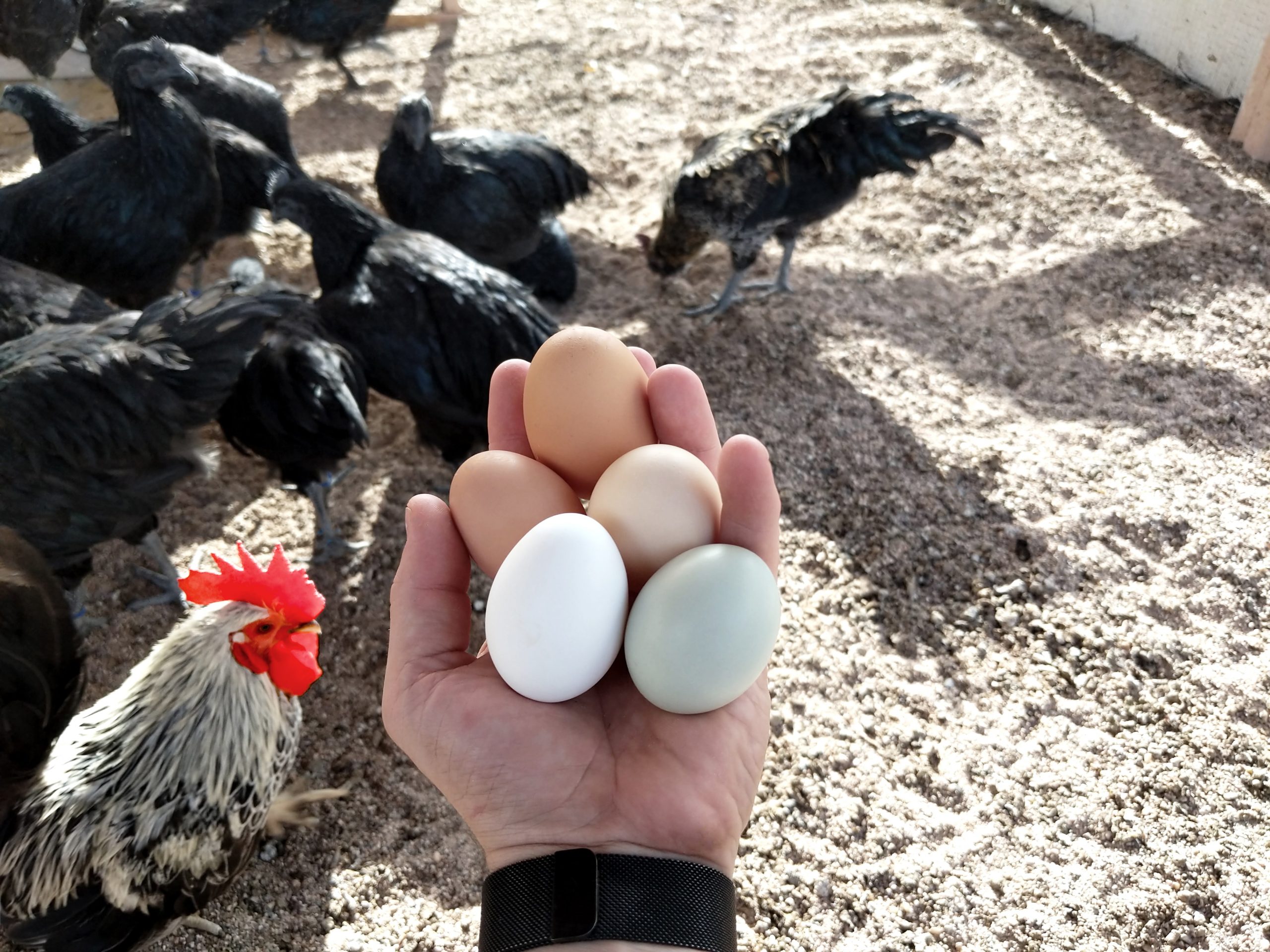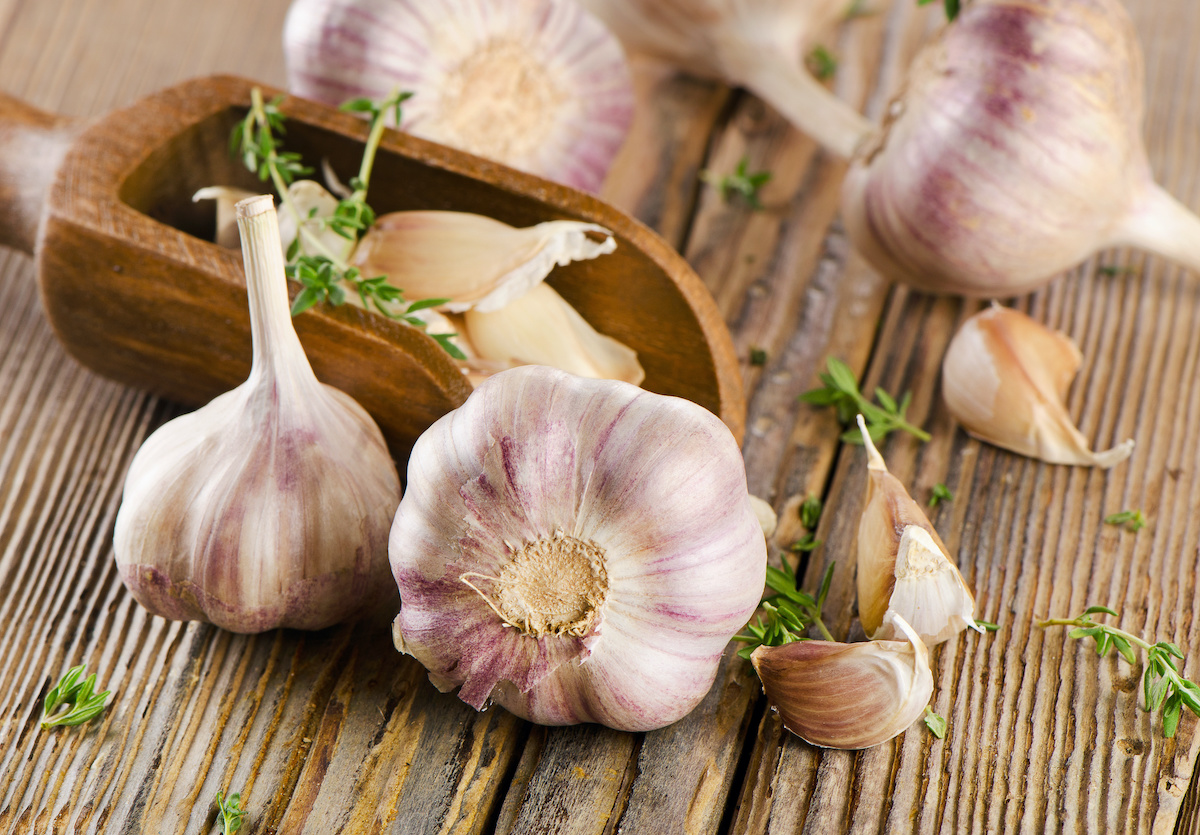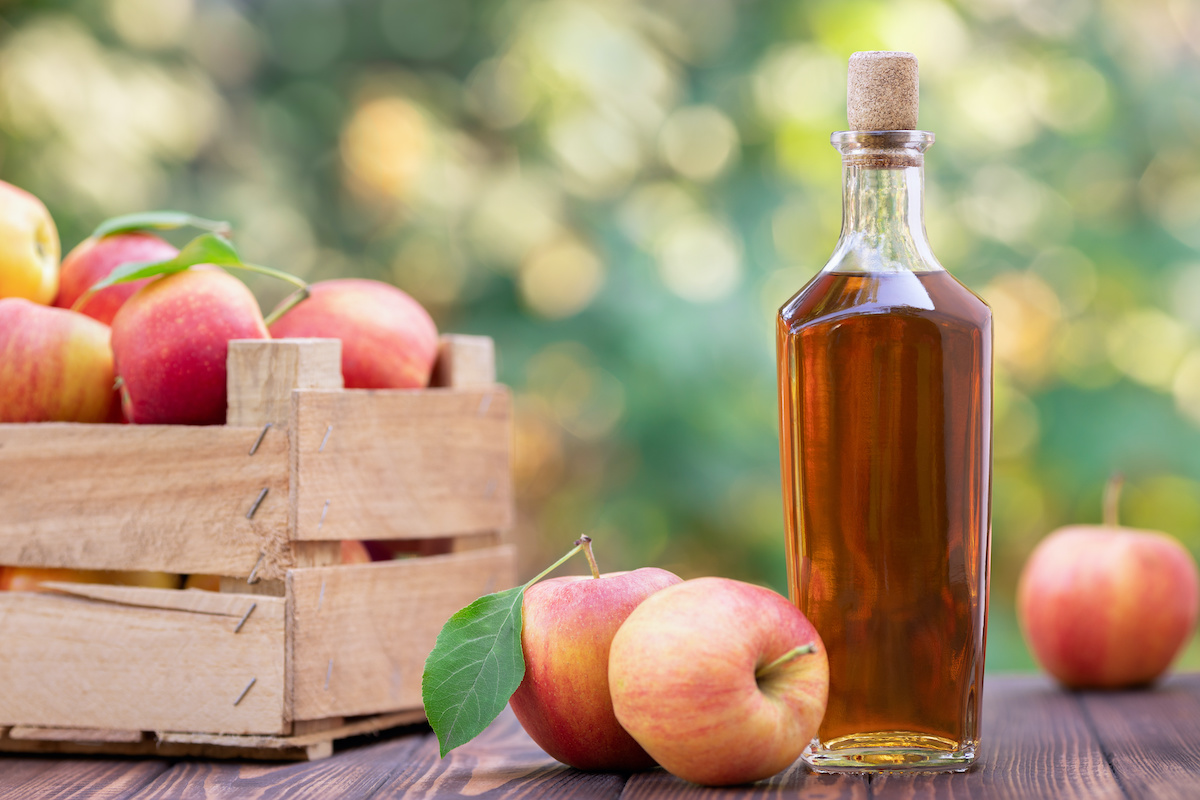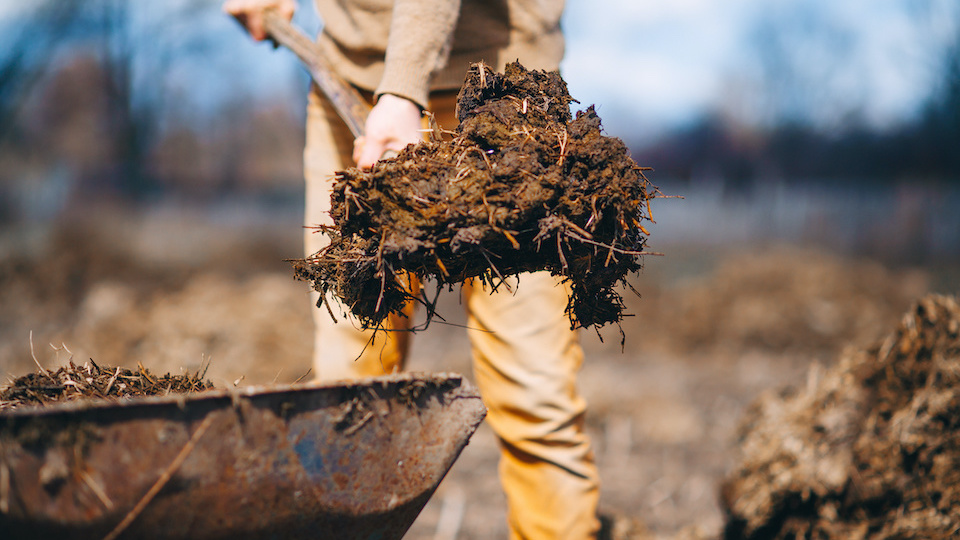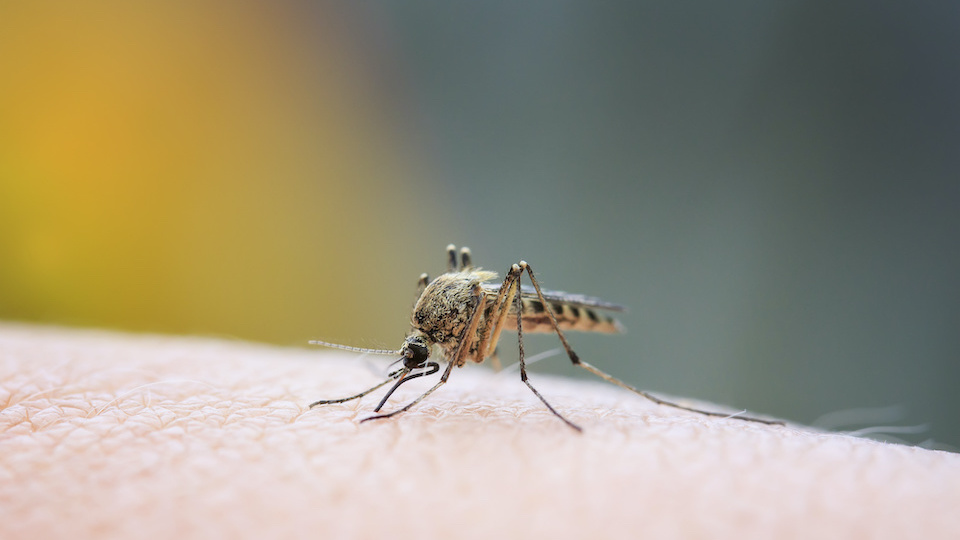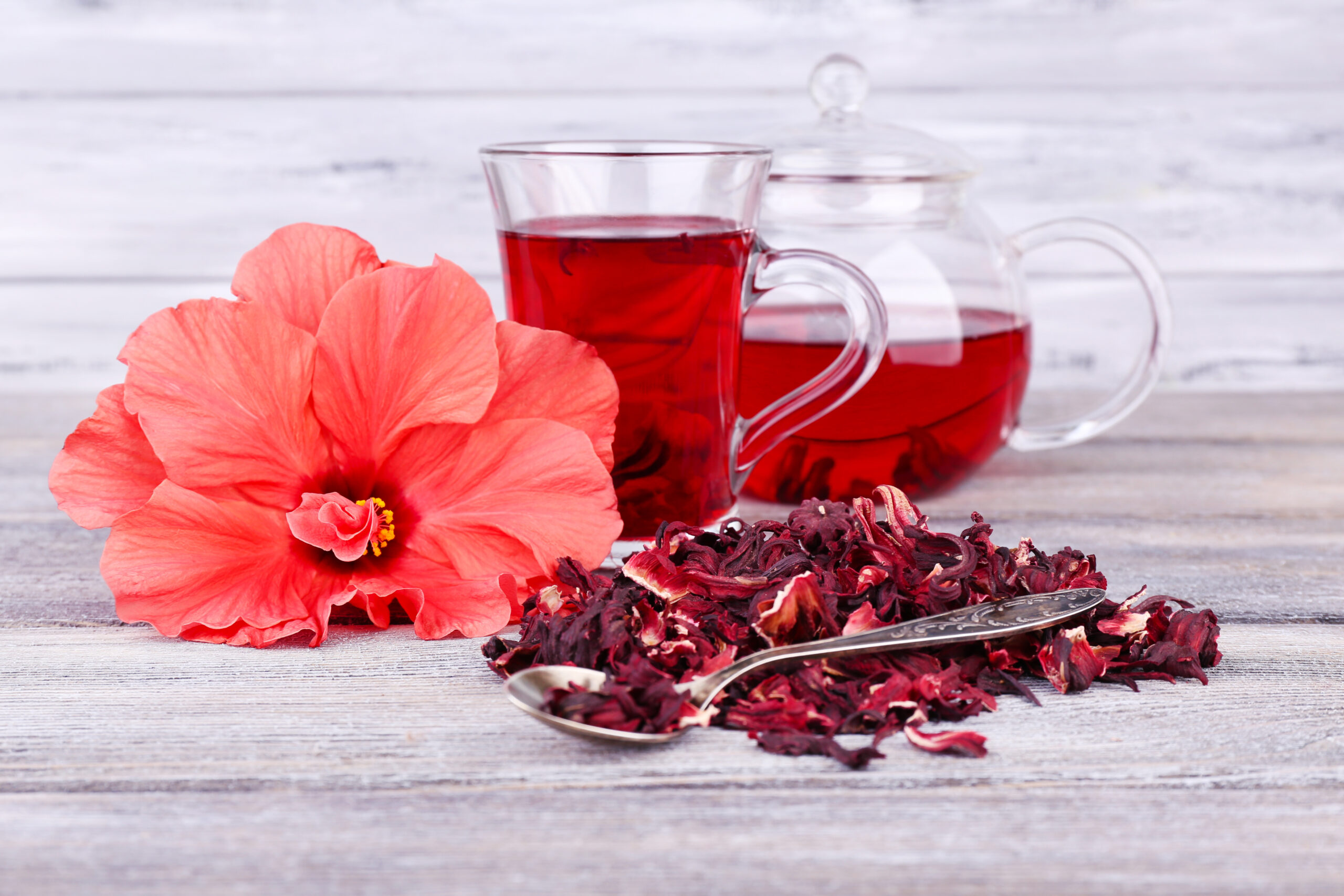NEVER Cook with These Dangerous Oils
There’s a lot of rumor, speculation, and misinformation surrounding the topic of cooking oils. We rely on them every single day to lubricate our frying pan, bolster our marinades, baste our roasts and dress our salads. And yet, the majority of us know next to nothing about them. Typically, if you happen to strike up a conversation about cooking oils with someone, it’ll conclude with them swearing by one particular oil, which they use in almost all their dishes. Ask them why they swear by this oil, however, and they’ll likely feed you a series of rumors and second-hand information which justifies why that particular oil is better than the rest.




